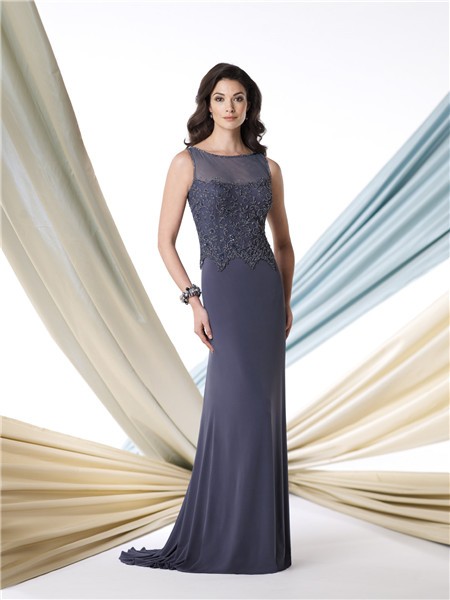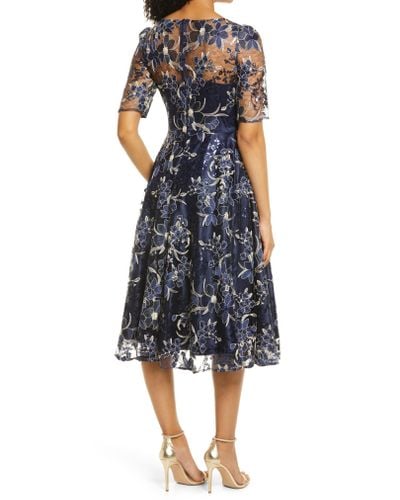Table of Content

However, some people’s brains interpreted the dress as being white and gold. This is because our brains try to average out the colors that we see. It all depends on which information your brain decides to fill in. Most of what we perceive is actually not what we directly see, our brains do a lot of processing to fill in the blanks. So people either discount the blue side, in which case they end up seeing white and gold, or discount the gold side, in which case they end up with blue and black. I then decided to focus really hard on the middle of the dress, despite being exhausted, and after a few seconds the dress slowly turned black and blue again.

Shop at Boutique Callalily to pick from a huge selection of Jovani dresses in Saint Louis, MO. As a highly reputable store in the city, this is the best place to get our collections of prom and homecoming designs. Shop our hottest styles of on-trend long and short dresses for homecoming, prom or a wedding. Many gowns are already in stock in a number of sizes and fabrics, including velvet, chiffon, and satin. From pageant contestants to teens attending their prom night, this magnificent boutique has the right dress for any event. Get help choosing the best size or style for you, as the friendly staff can help you with prices or making an order.
The dress illusion original photo
The two-tone dress, left, alongside an ivory and black version, made by Roman Originals, that has sparked a global debate on Twitter over what color it is on display in Birmingham, England on Feb. 27, 2015. So we can recognize the same objects in different light conditions, our brains tweak the way we see things, he added. In the case of the dress, Dr. Conway said, the poor quality of the image is what sets off the brain’s internal model. The ambiguous conditions and lack of context are important “because your brain doesn’t have enough information to discern it,” he said.
The dress is a photograph that became a viral phenomenon on the Internet in 2015. Viewers of the image disagreed on whether the dress depicted was coloured black and blue, or white and gold. Nearly three months after the infamous blue and black dress (or was it white and gold?) tore the Internet apart, three teams of scientists have provided a closer look at the science behind the viral phenomenon. In their papers, published Thursday in the journal Current Biology, the teams have proposed reasons that different people saw different colors, and what the whole thing means for our understanding of visual perception. This appears to be exactly what may be happening in the case of the famous color ambiguous dress!
Sales tax for an item #354309863614
Jaden Smith, Frankie Muniz, Demi Lovato, Mindy Kaling, and Justin Bieber agreed that the dress was blue and black, while Anna Kendrick, B. J. Novak, Katy Perry, Julianne Moore, and Sarah Hyland saw it as white and gold. Kim Kardashian tweeted that she saw it as white and gold, while her husband Kanye West saw it as blue and black. Lucy Hale, Phoebe Tonkin, and Katie Nolan saw different colour schemes at different times. Lady Gaga described the dress as "periwinkle and sand", while David Duchovny called it teal.

A full variety of dress styles are currently in stock including jumpsuits and short dresses for wedding guests. It’s almost like when someone says to you, ‘don’t touch that, it’s hot! ’ and you still feel compelled to touch it, just to find out for yourself. Or their brain is interpreting the photo as more illuminated and therefore it.
Why do some see blue and black on the dress?
Literal optical illusions happen when the image we see is different from the images that actually make the object or when our eyes focus on specific areas of the image resulting in seeing something that is not actually there. If you’re still not convinced, take a look at the dress in different lighting conditions. You’ll notice that the dress looks different in different lights.

The dress illusion is a perfect example of how our brains can play tricks on us. The dress became a viral sensation and was widely discussed on social media, with many people debating the colors of the dress. The dress also spawned a number of memes and parody images. For his study, Webster asked college students whether they saw the dress’s stripes as blue or white.
The dress illusion is a perceptual phenomenon that occurs when an image of a dress is seen in different ways by different people. The dress can appear to be white and gold, or blue and black. The illusion occurs because the brain interprets the image based on the surrounding colors and lighting. He attributes differential perceptions to differences in illumination and fabric priors, but also notes that the stimulus is highly unusual insofar as the perception of most people does not switch. If it does, it does so only on very long time scales, which is highly unusual for bistable stimuli, so perceptual learning might be at play. In addition, he says that discussions of this stimulus are not frivolous, as the stimulus is both of interest to science and a paradigmatic case of how different people can sincerely see the world differently.
But when the team inverted the colors of the dress, the blue/white stripes became unambiguous shades of yellow, and nearly 95 percent of the students identified the dress as yellow and black. You found the ultimate one-stop shop for stylish men’s and women’s clothing from top fashion brands around the globe. Whether you’re searching for the latest looks in denim, jackets, outerwear, pants, shorts, skirts, dresses, sweats, hoodies, sweaters, swimwear, uniforms, shoes, tops and beyond–it’s all here. The dress color illusion is a phenomenon that occurs when a person perceives a dress as a different color than it actually is.
No comments:
Post a Comment